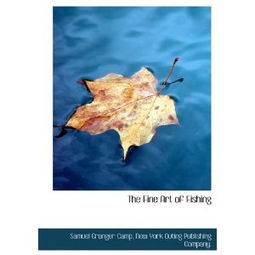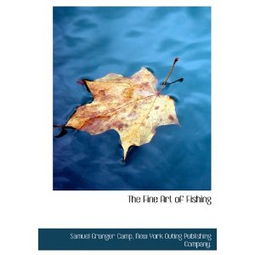Content:
Fishing in ultra-deep reservoirs can be a challenging yet rewarding experience. These bodies of water, characterized by their considerable depth and often complex underwater structures, require a unique set of techniques and strategies to successfully catch fish. In this article, we will delve into the essential tips and tricks for mastering the art of fishing in these depths.
Understanding Ultra-Deep Reservoirs
Before we dive into the fishing techniques, it's important to understand the characteristics of ultra-deep reservoirs. These reservoirs are typically formed by damming rivers or streams, and they can span several kilometers in length. The water is often murky and the pressure is significantly higher than in shallow waters. Fish in these depths are often found around underwater structures, such as sunken trees, rocks, and man-made objects.
Preparation is Key
Research the Reservoir: Before setting out, gather as much information as possible about the reservoir. This includes the types of fish present, the depth of the water, and any known underwater structures.
Tackle Selection: Use heavy-duty tackle designed for deep water fishing. This includes heavy-duty rods, reels, and lines. Braided lines are often preferred for their strength and reduced stretch.
Lures and Baits: For ultra-deep reservoirs, it's best to use larger lures and baits that can withstand the pressure and attract fish from greater distances. Jigs, crankbaits, and soft plastics are popular choices.
Weather and Water Conditions: Monitor the weather and water conditions closely. Fish are less active in cold or murky water, so plan your fishing trips accordingly.

Fishing Techniques
Deep Diving Lures: These lures are designed to dive deeper into the water column. Use them to target fish that are holding at various depths.
Vertical Jigging: This technique involves casting out and then slowly retrieving the lure while changing its depth. It's effective for targeting fish around underwater structures.
Bottom Bouncing: Attach a weight to your line and let it sink to the bottom. Then, gently bounce your lure along the bottom, triggering strikes from fish lurking near the structure.
Downrigging: This method involves lowering a weighted line with a lure or bait to a predetermined depth. It's particularly effective for targeting fish in specific layers of the water column.
Trolling: Trolling involves slowly moving your boat with the lure or bait in the water. This can be done with a variety of speeds and depths, depending on the fish's behavior.
Safety and Etiquette
Boat Safety: Always ensure that your boat is in good condition and that you have the necessary safety equipment, such as life jackets and a first aid kit.
Respect the Environment: Be mindful of your impact on the environment. Dispose of trash properly and avoid disturbing the natural habitat.
Fish Conservation: Release fish that are not of legal size or that you cannot use. It's important to practice catch-and-release fishing to maintain healthy fish populations.
Conclusion
Fishing in ultra-deep reservoirs requires patience, skill, and the right equipment. By understanding the unique characteristics of these bodies of water and applying the appropriate techniques, you can increase your chances of success. Remember to always prioritize safety and respect the environment while enjoying this challenging and exciting form of fishing. With the right approach, you'll be able to master the art of fishing in ultra-deep reservoirs and enjoy the thrill of the catch.












